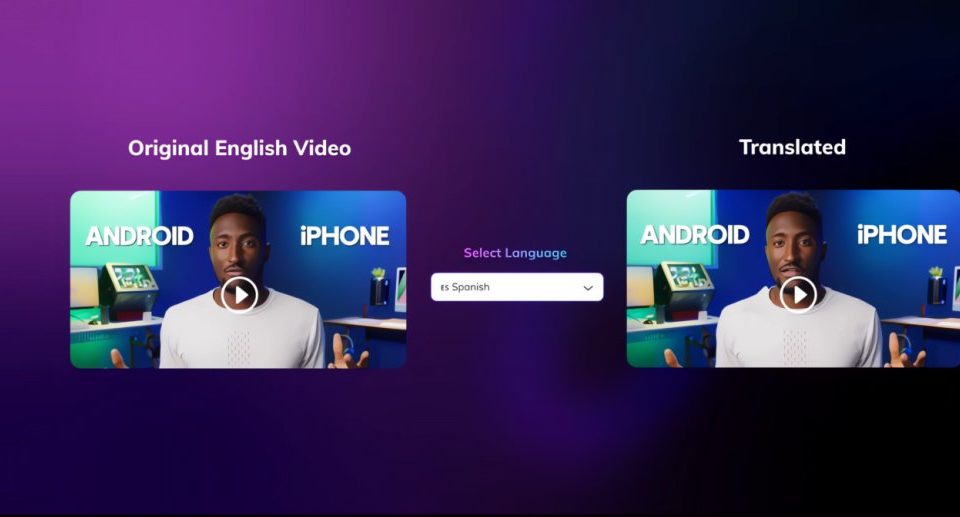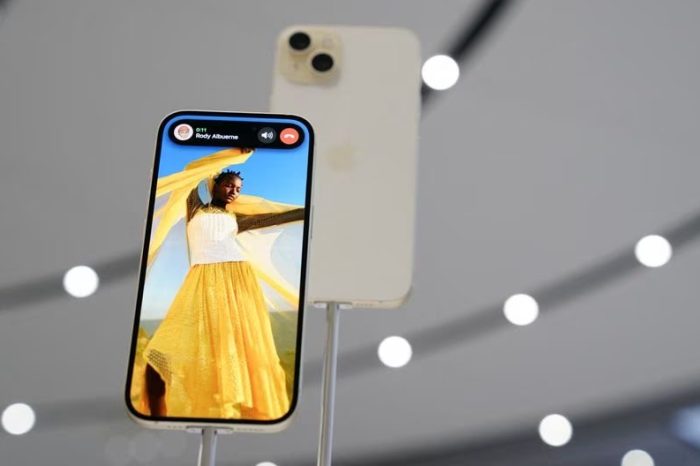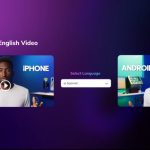AI is making language learning easier with live video translation and lip-sync

The future of language learning is here, thanks to the latest breakthrough in AI translation technology. This cutting-edge technology relies on intricate deep-learning algorithms to perform machine translation. By harnessing intelligent behavior, AI can now analyze and comprehend a text in one language and produce an equivalent text in a different language.
With the world becoming increasingly interconnected, there’s a need for better communication across cultures and languages. Traditional translation methods can be slow and inaccurate, and they often fail to capture the nuances of human speech.
In our increasingly interconnected world, effective communication across cultures and languages is more crucial than ever. Traditional translation methods often fall short, being slow and imprecise, unable to capture the subtleties of human speech.
Enter HeyGen, an AI startup that’s changing the game of AI-powered video translation. The startup has developed a cutting-edge AI-driven lip-sync translation tool that allows users to speak in any language and instantly translates and synchronizes their words in real time. Its technology has the potential to transform the way we connect with people worldwide by breaking down language barriers.
Unlike the expensive tools currently on the market, HeyGen uses AI to translate videos into different languages and sync the audio with the lip movements of the speakers so seamlessly that it looks and sounds like the speakers are speaking the translated language.
Recently, HeyGen introduced its AI-powered video tool capable of translating videos up to five minutes long into different languages. What sets it apart is that it also replicates the voice of the person in the video and adjusts their lip movements accordingly.
In a test conducted by Twitter user Jon Finger (also liked by Elon Musk), the translation performed flawlessly, even in a noisy, bustling street setting. The tool efficiently filtered out background noise. While the translated voice may still have a slightly robotic quality, it faithfully maintained the original intonation. This development is a significant step towards more accessible and natural cross-language communication.
ok this is absolutely *wild*
using AI to live translate and sync your lips
— gaut (@0xgaut) September 12, 2023
Translate Videos into Any Language with Natural-Looking Lip Movements with HeyGen
To grasp how AI translators work, it’s essential to know that they rely on deep learning and a system of neural networks inspired by the human brain. In recent years, advanced AI translators have significantly enhanced machine translation by improving how algorithms parse language, learn word usage, interpret based on context, and structure sentences.
So, how does HeyGen work? HeyGen uses a combination of artificial intelligence and machine learning to analyze the speaker’s lip movements and facial expressions. The AI then generates a translation of the speech, which is then lip-synced to the speaker’s movements. The result is a seamless and natural-looking translation that is indistinguishable from the original speech.
In the official demonstration video, you can see well-known tech YouTuber Marques Brownlee speaking with a Spanish voice, while Apple CEO Tim Cook has an Indian voice. It’s almost impossible to notice with the naked eye that the AI has altered the lip movements. However, HeyGen does make one more adjustment to the video track: the face appears noticeably brighter in the translated version compared to the original clip.
HeyGen isn’t the only player in the AI-powered video translation arena. Other tools like Duolingo, Babbel, and Italki are also making waves. Duolingo, for instance, uses AI to tailor the learning experience for each user by monitoring progress and adjusting lesson difficulty accordingly.
Babbel uses AI to offer real-time pronunciation feedback and utilizes lip-sync technology to help learners match their pronunciation with the correct one. Italki, on the other hand, connects learners with native speakers for online tutoring and employs AI to match learners with suitable tutors based on their language proficiency and learning style.
While HeyGen is still in development, it has already demonstrated its capability to translate languages including English, Spanish, Chinese, and Japanese. The HeyGen team sees vast potential for its technology in various sectors such as business, education, and healthcare.
In business, HeyGen can enhance communication with international customers and partners. In education, it can grant students access to foreign language learning materials. Additionally, in healthcare, it can improve communication with patients who speak different languages.
The potential applications for HeyGen are boundless, promising to bridge gaps and foster understanding among people worldwide. For those eager to learn more about HeyGen, a visit to their website or reaching out to the developers is recommended. This represents just the tip of the iceberg in terms of what AI can achieve in the realm of communication. With ongoing development, HeyGen and similar AI-powered translation tools have the power to create a more connected and empathetic world.

